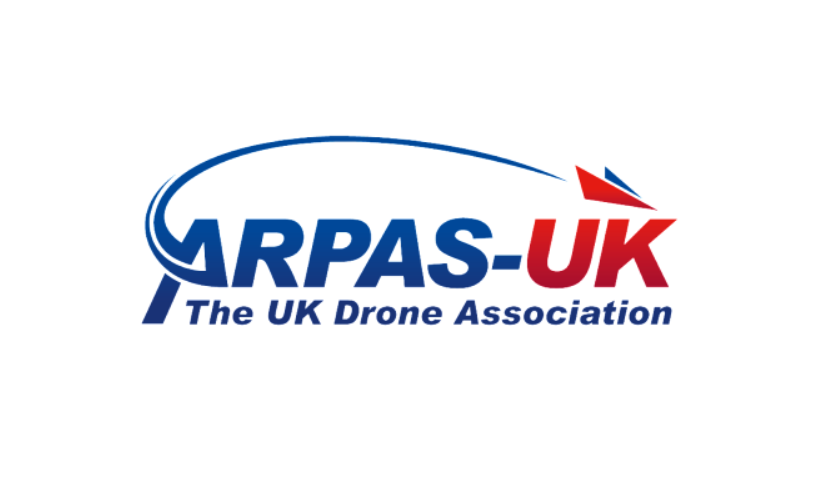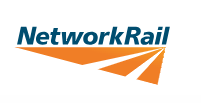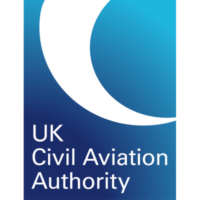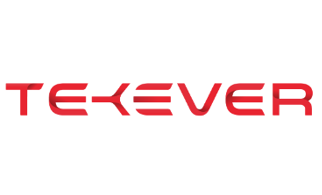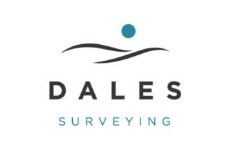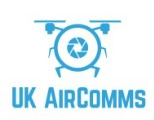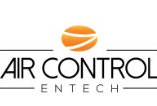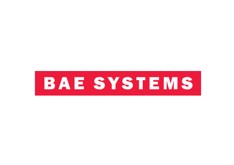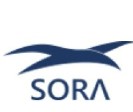Apollo, the innovation inspired insurance platform, and Moonrock, the leading managing general agent specialising in drone insurance, today announce the launch of a new drone, eVTOL and Aviation innovation insurance facility.
The facility will provide liability coverage of up to $100m and property damage cover of up to $22.5m. Led by capacity from Apollo, follow-on capacity will be provided by AEGIS London, AXIS, Beazley, Helvetia, Munich Re and IQUW, while Moonrock will underwrite and distribute the product to brokers. The pioneering insurance facility is tailored to protect complex operations involving anything from single drones to larger fleets and to meet the demand in eVTOL and other areas of innovation in Aviation.
Martin Jackson, Class Leader, Aviation, Apollo Insurance: “It was clear there was a need for a meaningful and targeted solution in the market to offer larger limits for complex drones and eVTOL operators, as well as propositions for increasing areas of innovation. Given Apollo’s emphasis on providing and developing innovative and tailored solutions for our clients, we are very excited to expand our relationship further with Moonrock, alongside AEGIS London, AXIS, Beazley, Helvetia, IQUW and others to introduce this new facility. We are looking forward to our continued collaboration and partnership with the team at Moonrock.”
Simon Ritterband, Founder and Managing Director: “This partnership marks a groundbreaking leap forward for the drone insurance industry, unlocking new opportunities for projects that have historically struggled to find coverage. We are now able to insure more complex drone operations such as those utilising cutting-edge, high-value equipment, ensuring comprehensive protection against property damage and liability claims. We’re also excited because the facility provides the opportunity to support the rapidly expanding field of drone passenger services, or eVTOL. This revolutionary sector is poised for explosive growth, and with this innovative solution, we’re positioning ourselves ahead of the curve and ready to lead the way into the future of flight.”
About Apollo
Apollo is an innovation inspired insurance platform offering data-driven and creative solutions to a wide variety of risks.
We provide high quality products and services to clients, brokers, and capital partners at Lloyd’s, enabling a resilient and sustainable world. We offer insurance products across Property, Casualty, Marine, Energy & Transportation, Specialty, Reinsurance, as well as Smart Follow and digital & embedded risk programmes.
Our expertise and unique Apollo ecosystem give our Platform Partners the best chance of success through the Lloyd’s new entrant process to the delivery of their long-term strategy. We invest in true partnership and innovation driven experiences unlike anyone else.
About Moonrock Drone Insurance
Moonrock Drone Insurance has established itself as a premier Managing General Agent (MGA), recognised as a leading authority in drone and eVTOL insurance. We are committed to delivering high-quality products, exceptional service, and unparalleled expertise through a data-driven approach to underwriting, pricing, and product innovation.
Our unique Knowledge Hub provides industry news on technology, regulation, and other relevant information, ensuring that policyholders remain informed about the latest developments in the drone sector. Additionally, the hub offers brokers the opportunity to share specialised industry knowledge with clients engaged in this rapidly evolving market.
Read more Member Success Stories
22 April 2025



